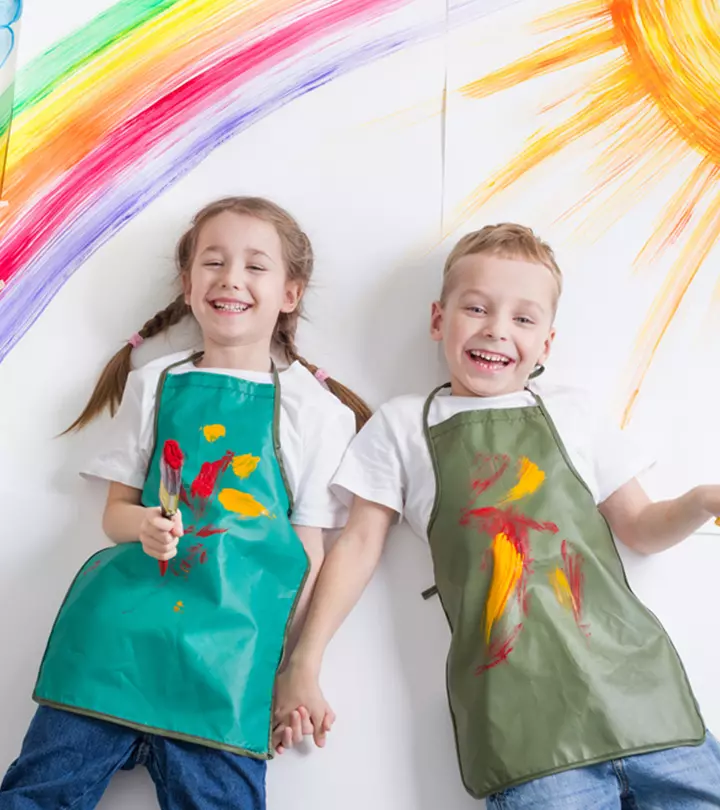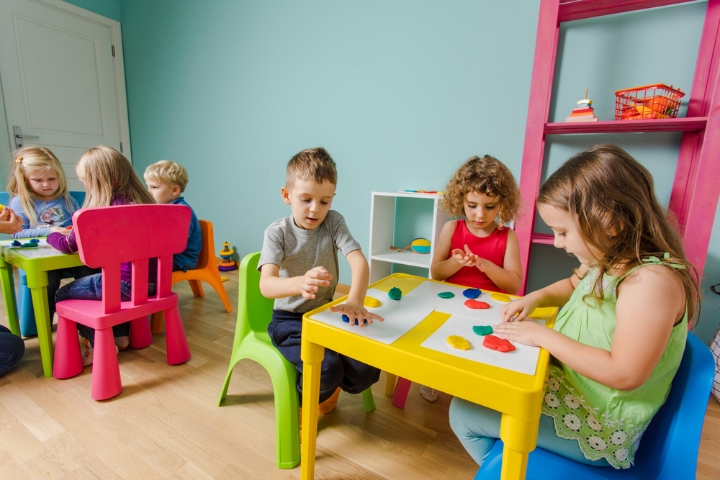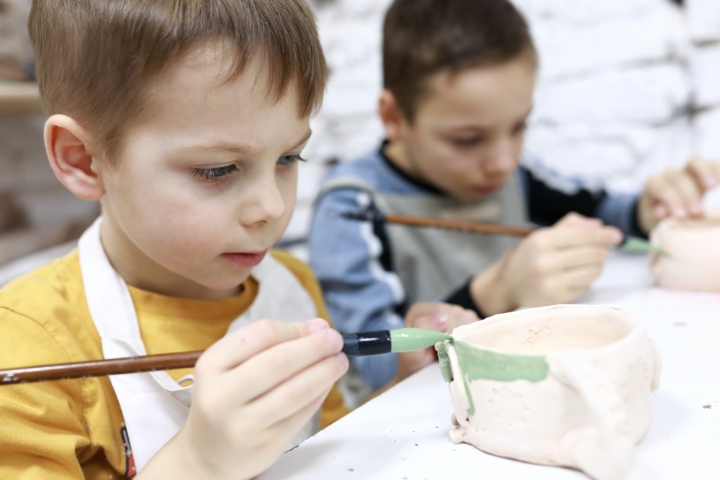
Image: Shutterstock
In the ever-evolving landscape of education, the integration of art and creativity has emerged as a powerful catalyst for enhancing the learning experience. Beyond textbooks and lectures, incorporating artistic elements can ignite a spark of curiosity, foster critical thinking, and deepen understanding. In this article, we embark on a journey to explore how the infusion of art and creativity can revolutionize the way we learn. Read on!
How Can We Integrate Art And Creativity In Learning?
Image: Shutterstock
1. Sculpture
Sculpturing offers a tangible and hands-on approach to learning. Engaging with clay, wood, or other materials allows you to transform abstract concepts into three-dimensional realities. Sculpting can be particularly effective in subjects like science, where intricate molecular structures or geological formations can be visually represented. This tactile experience stimulates your imagination and enhances your comprehension by making learning a multi-sensory adventure.
2. Music
Music transcends language barriers and resonates deep within our souls. Integrating musical art into learning can be a harmonious way to remember information. By setting facts or equations to melodies, you create mnemonic devices that are not only memorable but also enjoyable to recall. Additionally, exploring the history and cultural context of various musical genres can offer insights into social studies and world events, transforming a simple melody into a gateway to a broader understanding of humanity.
3. Movement And Dancing
Movement and dance bridge the gap between physical expression and intellectual engagement. Choreographing dance routines based on historical events or scientific principles allows you to embody the subject matter. Dance encourages a holistic connection between mind and body, reinforcing your memory while fostering creativity. This dynamic approach enlivens learning and makes the subject matter more relatable and enjoyable.
Age Considerations For Integrating Art And Creativity In Learning
Image: Shutterstock
1. For Early Childhood
Early childhood is a prime time to lay the foundation for a lifelong love of learning. Integrating art at this stage can be as simple as finger painting to explore colors or constructing imaginative worlds with building blocks. Encouraging creative play nurtures problem-solving skills, spatial awareness, and fine motor development. Art becomes a language through which young minds express themselves and make sense of the world.
2. For Adolescents
Adolescence is a period of self-discovery and identity formation. Introducing art in interdisciplinary projects can ignite curiosity and critical thinking. For instance, exploring literature through visual art by creating illustrations that capture the essence of a story enhances both literary analysis and artistic skills. Collaborative art projects promote teamwork, empathy, and communication, fostering a well-rounded skill set that extends beyond the classroom.
Exploring Art In Everyday Life
Image: Shutterstock
1. Observational Skills
Integrating art into daily routines sharpens your observational skills. Analyzing colors, shapes, and textures in the environment enhances your attention to detail, which is vital in various academic subjects. Whether you’re observing the intricacies of a flower or the interplay of light and shadow, art nurtures a heightened awareness of the world around you.
2. Problem-Solving And Innovation
Engaging in artistic endeavors encourages you to think outside the box and experiment with unconventional solutions. These problem-solving skills transcend art and permeate academic disciplines and real-world challenges. Approaching a canvas or a musical composition with an open mind fosters resilience and adaptability, qualities that are indispensable in navigating the complexities of learning and life.
3. Emotional Intelligence
Art is a medium through which emotions are conveyed and understood. Exploring art helps you develop emotional intelligence by recognizing and expressing feelings. This skill is invaluable in building meaningful connections, understanding social dynamics, and effectively communicating your thoughts and ideas. Integrating art encourages empathy and a deeper understanding of human experiences.
Fostering Cultural Appreciation Through Art
Image: Shutterstock
Art has the remarkable ability to transcend cultural boundaries, allowing us to explore and appreciate diverse perspectives from around the world. Integrating art into learning provides a unique opportunity to delve into the rich tapestry of global cultures. By studying traditional art forms, indigenous crafts, and historical artistic movements, you gain insight into the values, beliefs, and histories of different societies.
Through art, you can embark on a virtual journey to far-flung destinations, immersing yourself in the vibrant colors of traditional textiles, the intricate designs of pottery, or the rhythmic beats of ethnic music. This cultural exploration not only enhances your understanding of geography and history but also cultivates respect for cultural diversity and promotes empathy.
Integrating art and creativity in learning is a transformative approach that enriches your educational journey. Sculpting music, and dance expand your learning horizons, making subjects more immersive and relatable. Age-appropriate integration of art from early childhood to adolescence nurtures holistic growth and equips you with essential life skills.
Beyond the classroom, art becomes an integral part of your daily life. It enhances observational skills, fuels problem-solving abilities, and cultivates emotional intelligence. As you embrace art’s boundless possibilities, you tap into a wellspring of creativity that empowers you to excel academically and navigate the intricate tapestry of existence with grace and ingenuity. By embracing art and creativity, you embark on a captivating journey of discovery that forever transforms the way you learn and perceive the world.
















